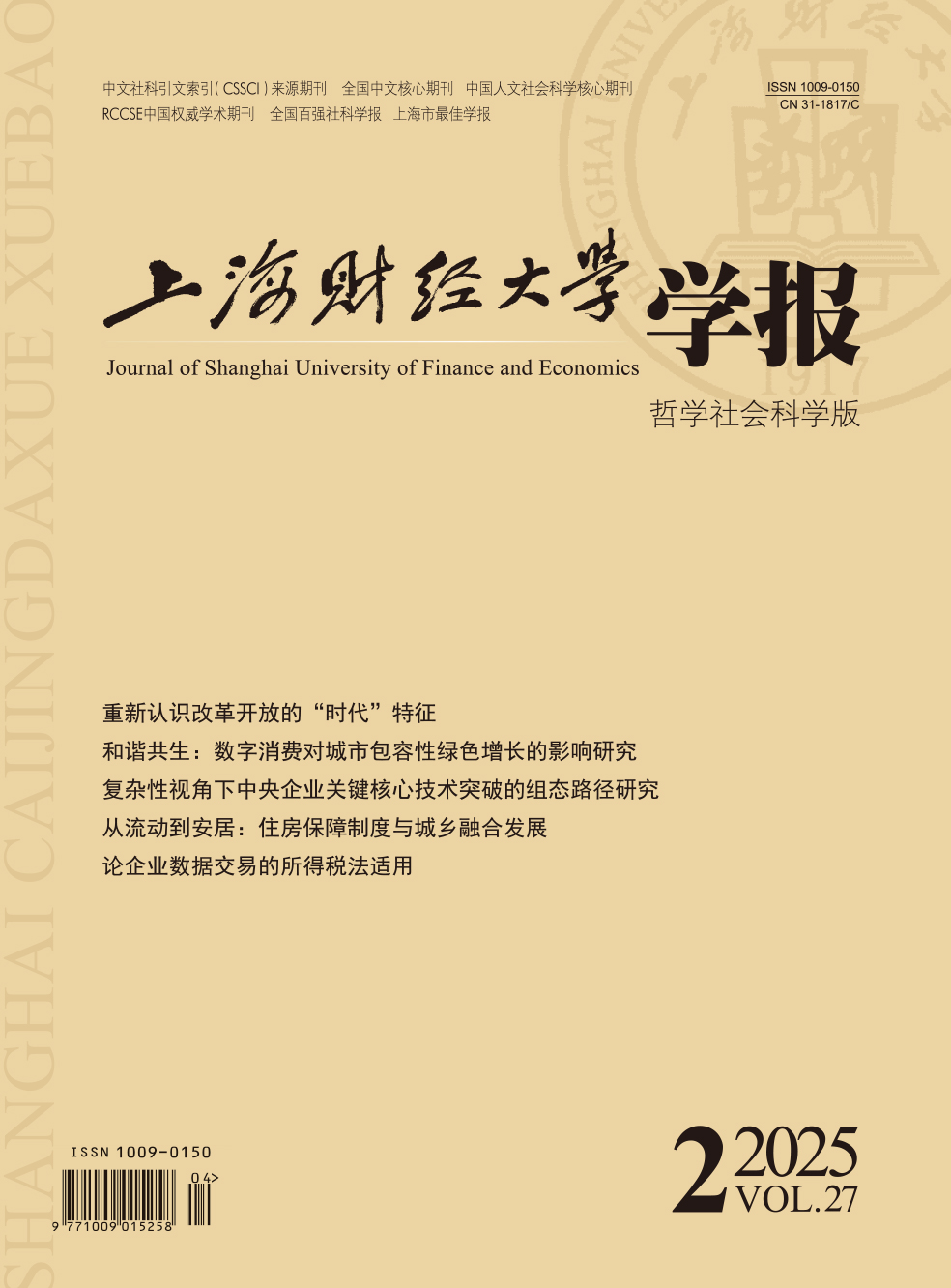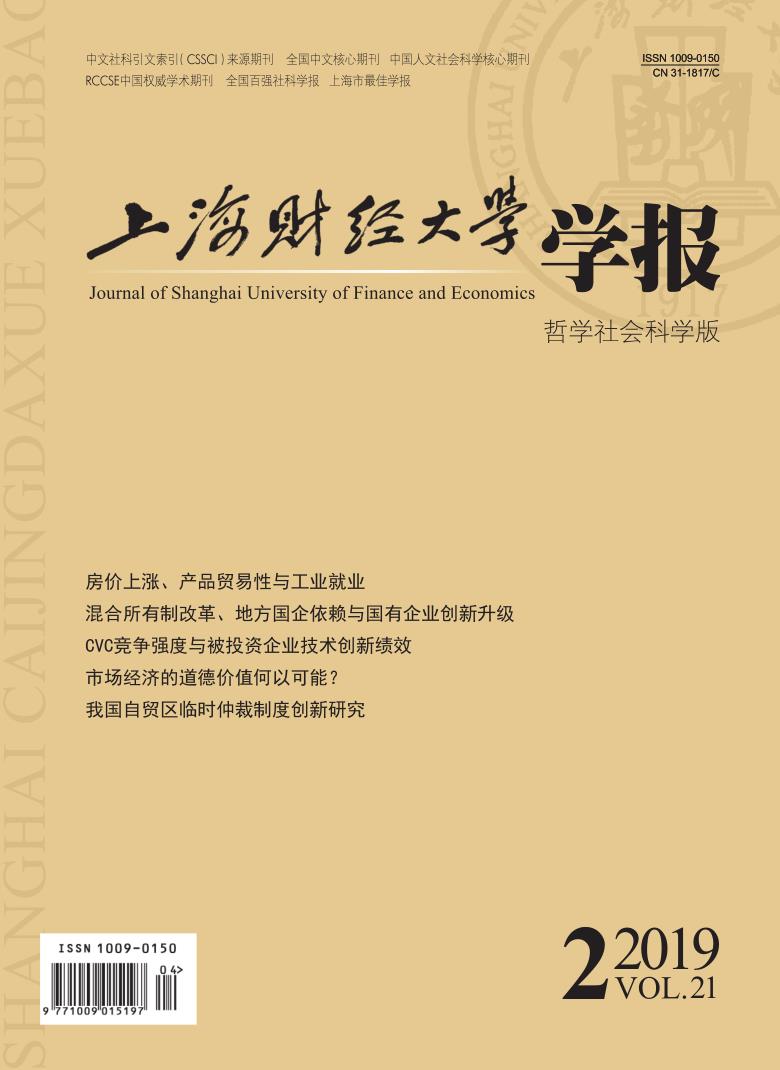Since the Reform and Opening up, a large number of rural residents have flooded into the city, injecting vitality into urban development. As an important contributor to urban construction, the issue of urban integration of rural migrants has received much attention. Whether urban immigrants truly integrate into the city is not only related to the social justice, mental health and life satisfaction of the immigrants themselves, but also directly affects the sustainable development of the urban economy and the long-term stability of the society. In the context of the era of population urbanization, how to promote the rapid integration of rural migrants into cities has become an important issue for governments at all levels. Education is considered to be an important factor affecting the integration of immigrant cities in rural areas. In recent years, many studies have carried out in-depth research on the causal relationship between the two. However, due to the different selection of indicators and the existence of endogenous problems, the relevant conclusions have not been agreed. With the CSS2011 micro survey data, this paper re-examines the relationship between education and urban integration of rural-urban migrants. In the face of possible endogenous problems, this paper uses the 1986 Compulsory Education Law to promulgate this quasi-natural experiment construction tool variable, and adopts the 2SLS method for robust regression analysis. The empirical results show that the increase in the number of years of education does help the township immigrants identify with the city. On the basis of the basic conclusions, this paper also carries out corresponding channel analysis, and finds that education plays an active role in the process of urban migrants obtaining urban household registration, urban housing and married urban residents, and thus promotes the urban integration of immigrants. This study has important policy implications: Under the background of the urbanization of population, it is of great significance to continuously promote the development of rural education and strive to improve the education level of immigrants in rural areas. Based on the research conclusions, the following policy recommendations are proposed: First, gradually correct the urban bias of education expenditure, establish a long-term supply mechanism to guarantee rural education funds, narrow the gap between urban and rural education investment, and promote the rapid and steady development of rural education. Second, vigorously develop secondary education in rural areas, especially medium and high vocational education, and increase the educational opportunities and education level of rural residents. Third, actively formulate and improve education support policies for low-income families in rural areas and the scholarships and student loans for poor students, and create conditions for rural poor students to continue their studies.
 / Journals / Journal of Shanghai University of Finance and Economics
/ Journals / Journal of Shanghai University of Finance and EconomicsJournal of Shanghai University of Finance and Economics
LiuYuanchun, Editor-in-Chief
ZhengChunrong, Vice Executive Editor-in-Chief
GuoChanglin YanJinqiang WangWenbin WuWenfang, Vice Editor-in-Chief
Educational Level and Urban Integration of Rural-Urban Migrants: An Empirical Analysis Based on Self-identity
Journal of Shanghai University of Finance and Economics Vol. 21, Issue 02, pp. 80 - 92,105 (2019) DOI:10.16538/j.cnki.jsufe.2019.02.006
Summary
References
Summary
Cite this article
Xu Chao, Wei Tianbao, Yang Zhengyu. Educational Level and Urban Integration of Rural-Urban Migrants: An Empirical Analysis Based on Self-identity[J]. Journal of Shanghai University of Finance and Economics, 2019, 21(2): 80-92.
Export Citations as:
For
Previous: 本期导读




 4546
4546  7653
7653

